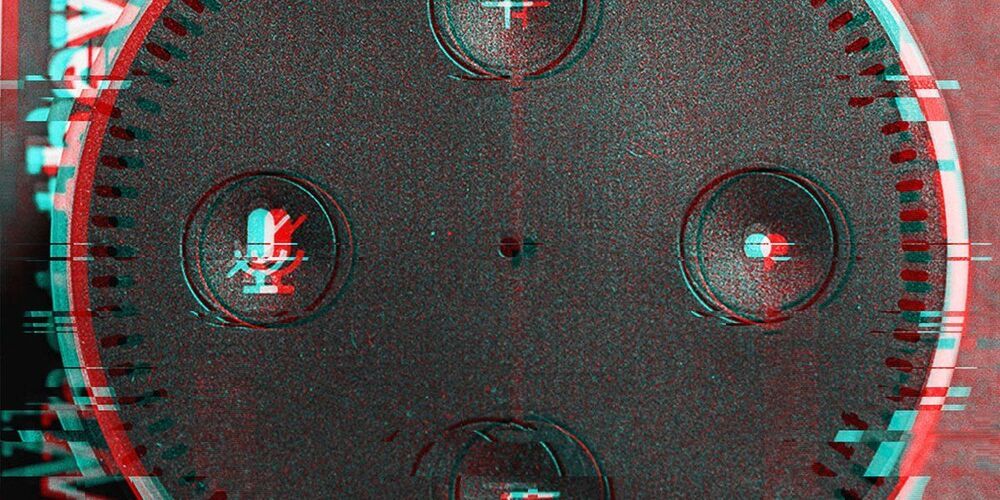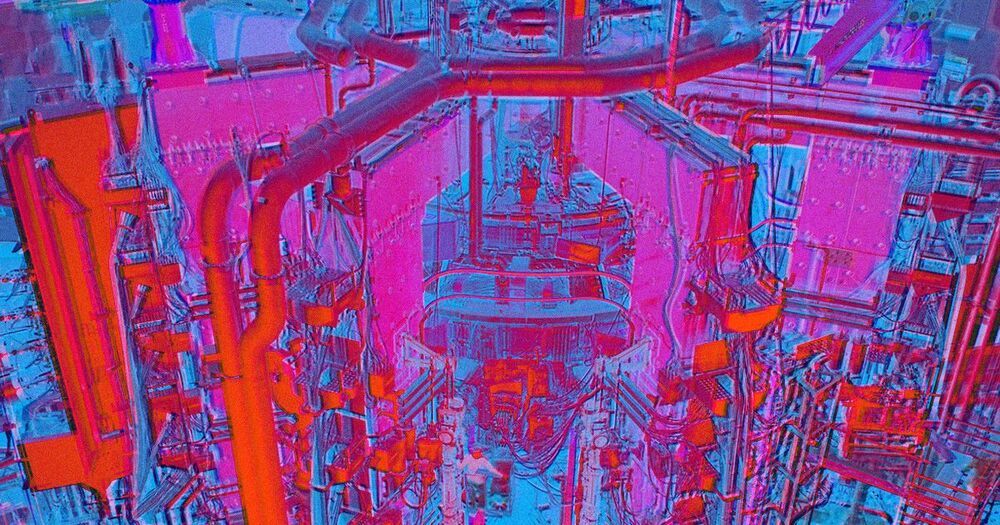Alien intelligent life may be bird-like, see.
Could they help us understand intelligent life on other worlds?



Circa 2020
AI can read your emotional response to advertising and your facial expressions in a job interview. But if it can already do all this, what happens next? In part two of a series on emotion AI, Jennifer Strong and the team at MIT Technology Review explore the implications of how it’s used and where it’s heading in the future. This episode was reported and produced by Jennifer Strong, Karen Hao, Tate Ryan-Mosley, and Emma Cillekens. We had help from Benji Rosen. We’re edited by Michael Reilly and Gideon Lichfield.


The Rajkumari Ratnavati Girls’ School in Rajasthan was conceptualised by CITTA founder Michael Daube, and designed by US-based architect Diana Kellogg.
C an you imagine children studying in the middle of the Thar desert, where day temperatures peak close to 50 degrees Celsius and harsh winds cause sand to blow through the day?
An architectural marvel, located just a six-minute drive away from Jaisalmer’s famous Sam Dunes, has taken shape in Kanoi village, with an aim to educate girls and empower them. The Rajkumari Ratnavati Girls’ School is made of yellow sandstone, and surprisingly, has no air conditioners. Here, students can study and even play in the protected courtyard without worrying about the extreme weather.



